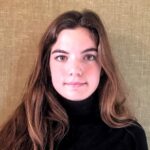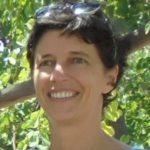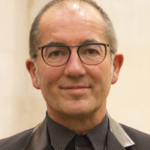Link to Pubmed [PMID] – 36109654
Link to HAL – hal-03812517
Link to DOI – 10.1038/s41559-022-01857-1
Nat Ecol Evol 2022 Oct; 6(10): 1564-1572
Iron-sulfur (Fe-S) clusters are ubiquitous cofactors essential for life. It is largely thought that the emergence of oxygenic photosynthesis and progressive oxygenation of the atmosphere led to the origin of multiprotein machineries (ISC, NIF and SUF) assisting Fe-S cluster synthesis in the presence of oxidative stress and shortage of bioavailable iron. However, previous analyses have left unclear the origin and evolution of these systems. Here, we combine exhaustive homology searches with genomic context analysis and phylogeny to precisely identify Fe-S cluster biogenesis systems in over 10,000 archaeal and bacterial genomes. We highlight the existence of two additional and clearly distinct ‘minimal’ Fe-S cluster assembly machineries, MIS (minimal iron-sulfur) and SMS (SUF-like minimal system), which we infer in the last universal common ancestor (LUCA) and we experimentally validate SMS as a bona fide Fe-S cluster biogenesis system. These ancestral systems were kept in archaea whereas they went through stepwise complexification in bacteria to incorporate additional functions for higher Fe-S cluster synthesis efficiency leading to SUF, ISC and NIF. Horizontal gene transfers and losses then shaped the current distribution of these systems, driving ecological adaptations such as the emergence of aerobic lifestyles in archaea. Our results show that dedicated machineries were in place early in evolution to assist Fe-S cluster biogenesis and that their origin is not directly linked to Earth oxygenation.





